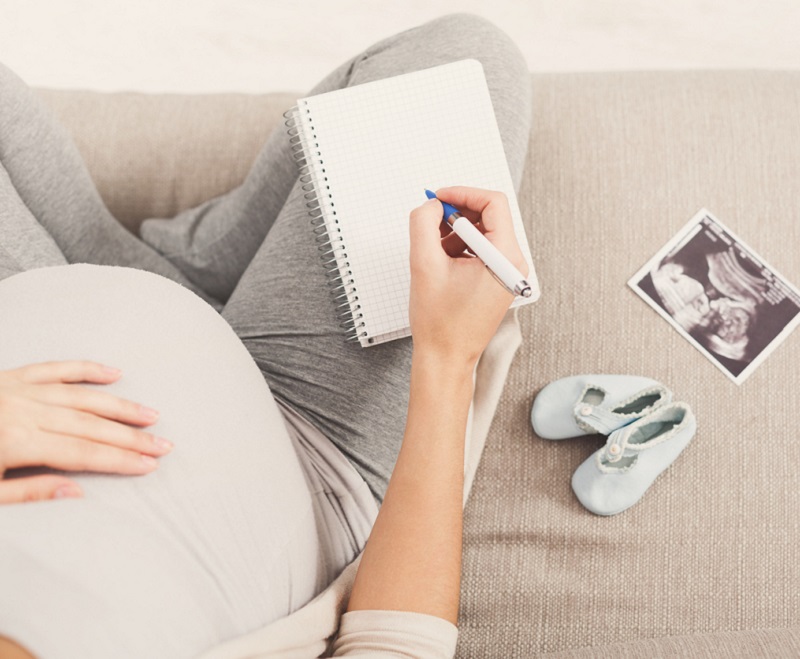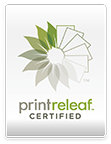
Expecting a baby is a life changing experience, and it can feel overwhelming at times. There are so many things to think about and prepare for, from choosing a name to creating a birth plan and knowing what to pack for your newborn in their hospital bag. Creating a birth plan is an important part of preparing for your baby’s arrival, and it can help you feel more in control during labour and delivery. In this blog post, we’ll guide you through the process of creating a birth plan and what essentials you’ll need to pack for your new arrival, including the reasons why stem cell storage should be part of your plan.
What is a Birth Plan?
A birth plan is a document that outlines your preferences for labour, delivery and postpartum care. It’s a communication tool between you, your partner and your healthcare provider. A birth plan can help ensure that your wishes are respected and that your healthcare provider is aware of your preferences.
Creating Your Birth Plan
When creating your birth plan, there are a few things you should consider:
Labour preferences:
- Who do you want to be present during labour?
- Do you have any preferences for pain management? (e.g. natural methods, epidural, gas and air?)
- Would you prefer to be able to move around during labour or stay in bed?
- Would you like to a water birth if this is an option?
Delivery preferences:
- Do you have any preferences for delivery positions? (e.g. squatting, side-lying)
- Would you like to have a vaginal birth or a caesarean section?
- Who do you want to cut the umbilical cord?
- Would you like to hold your baby immediately after delivery?
Postpartum preferences:
- Do you plan to breastfeed, formula feed or combination feed? Would you like to breastfeed as soon as possible after delivery?
- Do you have any preferences for visitors during your hospital stay?
- Are there any cultural or religious practices you would like to incorporate into your postpartum care?
Including Stem Cell Collection in Your Birth Plan
Stem cells are the building blocks of life and have the potential to treat over 80 different medical conditions, including leukaemia, sickle cell anaemia and cerebral palsy. By collecting and storing your baby’s stem cells you are safeguarding their future as they could potentially offer a life-saving treatment option in the future. By including stem cell collection in your birth plan, you can ensure that your baby’s stem cells are collected immediately after birth and safely stored for the future should they be needed.
Packing Your Hospital Bag
As your due date approaches, one important task is packing the baby hospital bag. While there are countless checklists available online, it can be overwhelming to decide what to bring for your new arrival.
Clothing
It’s easy to take more than you need for your newborn so don’t be tempted to overpack or you won’t have any room left in your bag for your items! Take about 3-4 onesies and about 5-6 short sleeve vests, one hat and a ‘going home’ outfit. Take a few items in different sizes so you have something if your baby is very small or on the bigger size, it’s probably a good idea to have a few options in ‘first size/up to 1 month’, ‘newborn’ & ‘0-3 months’. You’ll also need to pack a cardigan or 2, depending on the weather. You can take leggings, tops and socks in if you want but onesies tend to be the easiest and comfiest option in the early days. Remember, if needed, your partner or someone you know can drop off more clothing if you end up staying in hospital longer than planned.
Swaddles and blankets
Your baby will likely spend a lot of time being swaddled, so bring a lightweight cellular blanket. The hospital will have blankets you can use but a lot of people like to take their own in.
Nappies and wipes
Take a pack of newborn nappies with you in your hospital bag, also take some cotton wool as it’s recommended to use this in the early days when cleaning your baby after they’ve used their nappy. You can take water based wipes too for ease but ask your midwife what they recommend. The hospital may provide some, but it’s always best to have extras on hand.
Muslin cloths
Whether you’re breastfeeding or bottle-feeding, muslin cloths are a must-have to catch any spit-up.
Dummies
If you plan on using dummies for your baby, bring a few along as well as a portable sterilising solution.
Car seat
It’s important to have a car seat properly installed in your car before leaving the hospital. Make sure you have one ready to go, and consider practising installing it ahead of time so you’re not flustered trying to do this when you go home.
Stem cell collection kit
If you choose to collect and store your baby’s stem cells, you will need to include a stem cell collection kit in your hospital bag. When you book with Smart Cells, we ensure that you have the kit delivered before your due date and it includes everything the phlebotomist needs to be able to collect your baby’s precious stem cells. All you need to do is remember to pack it in your hospital bag and call our 24/7 team of phlebotomists when you go into labour.
Why Choose Smart Cells?
Smart Cells is a trusted provider of stem cell storage, with over 20 years of experience in the industry. We also offer a range of storage options to fit your needs and budget.
In conclusion, creating a birth plan and knowing what to pack in your hospital bag is essential to properly prepare for your baby’s arrival. By including stem cell collection in your birth plan with Smart Cells, you can also ensure that your baby’s stem cells are safely stored for future use. Contact us today to learn more about our stem cell collection kits and storage options.



